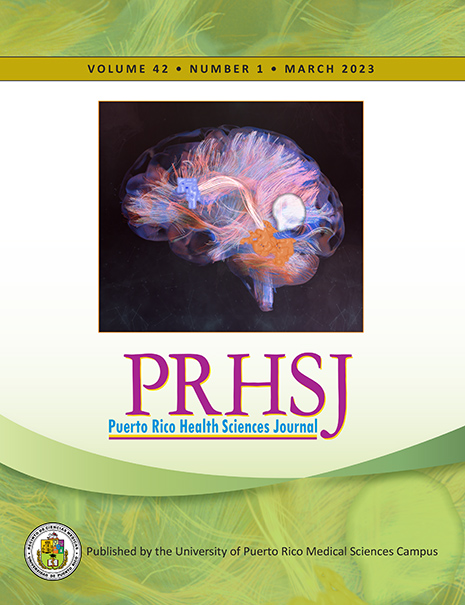Abstract
Objective: We aimed to investigate estradiol (E2) as a therapeutic drug for spinal cord injury (SCI) and elucidate the disagreement in the field about the use of this hormone after an injury. Methods: Eleven animals underwent surgery (laminectomy at the T9–T10 levels) followed by an intravenous injection (100 μg) of an E2 bolus and the implantation of 0.5cm of Silastic tubing containing 3 mg of E2 (sham E2 + E2 bolus) immediately after the laminectomy. The SCI control animals received a moderate contusion using the Multicenter Animal SCI Study impactor device over the exposed spinal cord followed by an intravenous bolus injection of sesame oil and were implanted with empty Silastic tubing (injury SE + vehicle); treated rats received a bolus of E2 and a Silastic implant with 3 mg of E2 (injury E2 + E2 bolus). Functional locomotor recovery and fine motor coordination were assessed by the Basso, Beattie, and Bresnahan (BBB) open field test and grid-walking tests, respectively, from the acute (7 days post-injury [DPI]) to the chronic stages (35 DPI). Anatomical studies of the cord were performed using Luxol fast blue staining followed by densitometric analysis. Results: As observed in the BBB open field and the grid-walking tests, E2 post-SCI did not improve locomotor function but instead increased spared white matter tissue, in the rostral region. Conclusion: Estradiol post-SCI, at the dose and route of administration used in this study, failed to promote locomotor recovery but partially restored spared white matter tissue.
Authors who publish with this journal agree to the following terms:
a. Authors retain copyright and grant the journal right of first publication with the work simultaneously licensed under a Creative Commons Attribution License that allows others to share the work with an acknowledgement of the work's authorship and initial publication in this journal.
b. Authors are able to enter into separate, additional contractual arrangements for the non-exclusive distribution of the journal's published version of the work (e.g., post it to an institutional repository or publish it in a book), with an acknowledgement of its initial publication in this journal.
c. Authors are permitted and encouraged to post their work online (e.g., in institutional repositories or on their website) prior to and during the submission process, as it can lead to productive exchanges, as well as earlier and greater citation of published work (See The Effect of Open Access).
